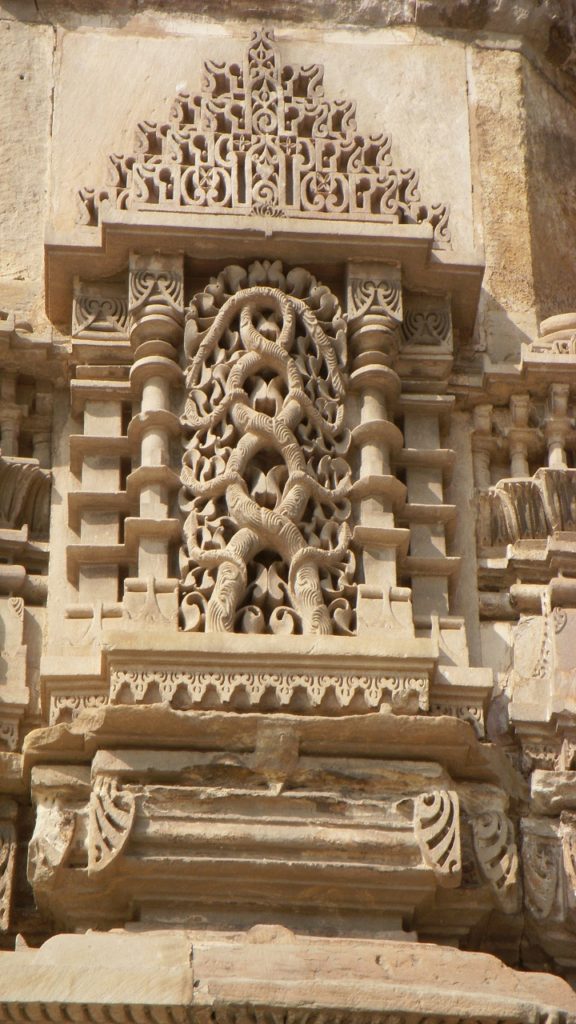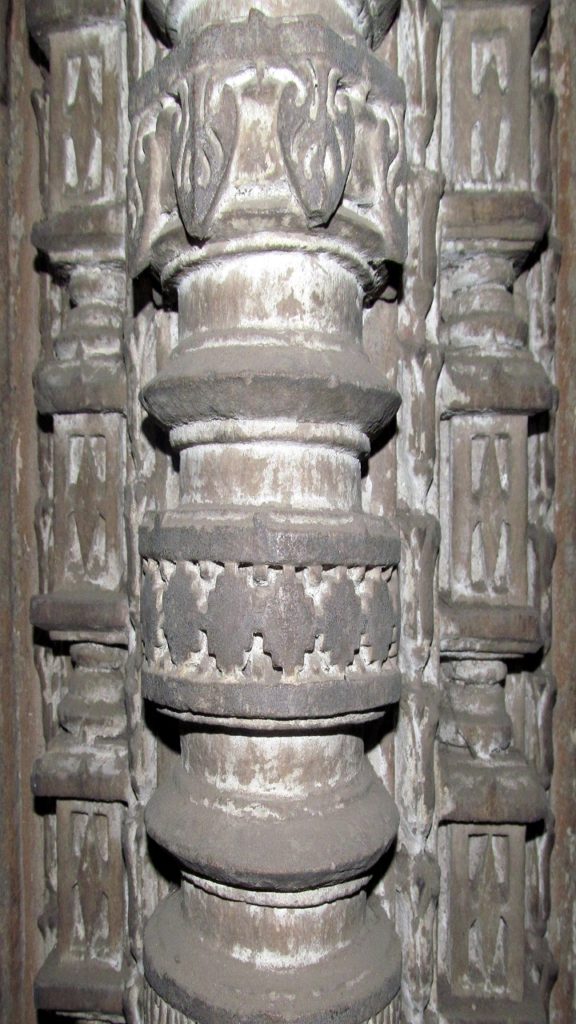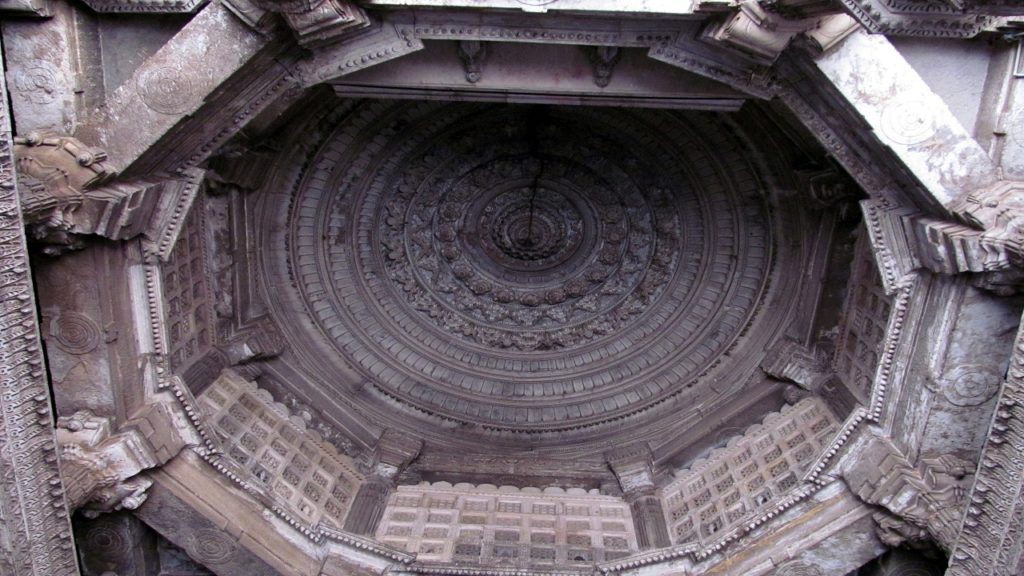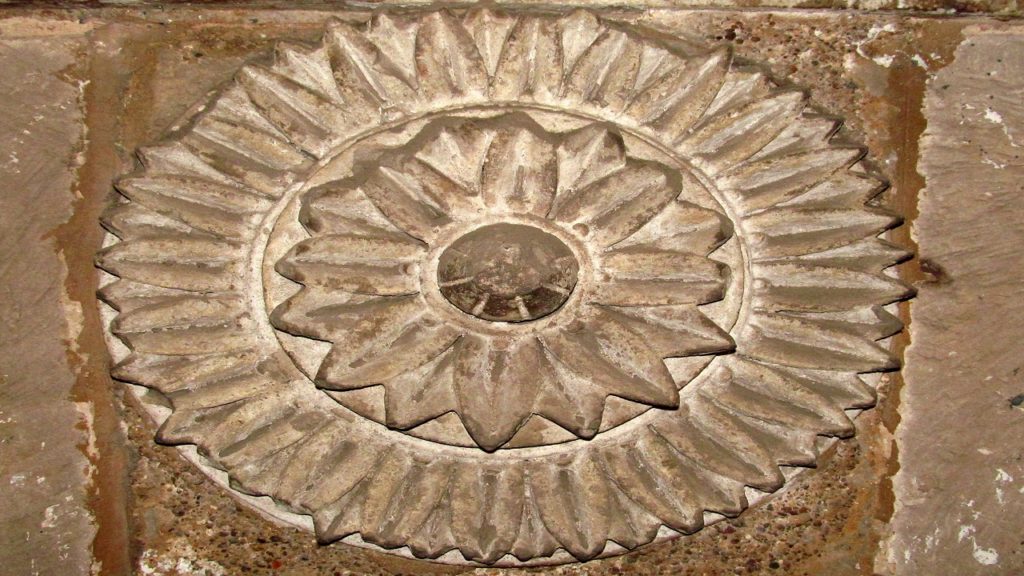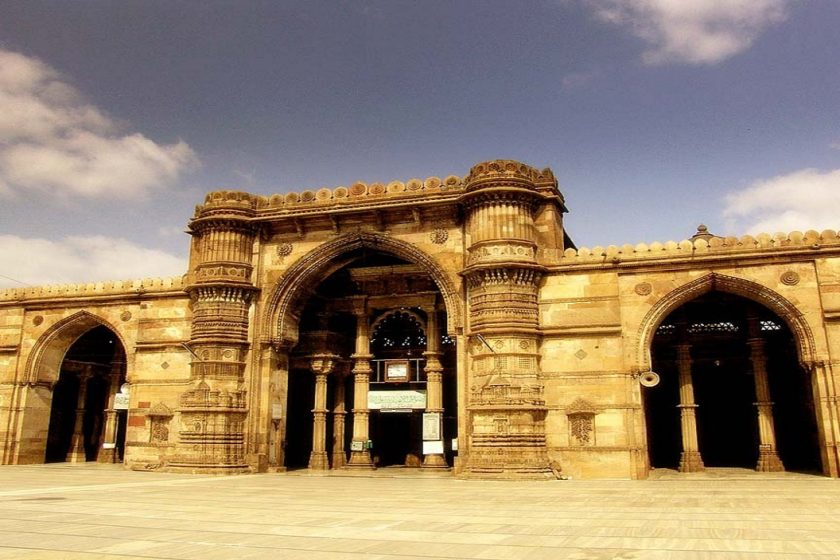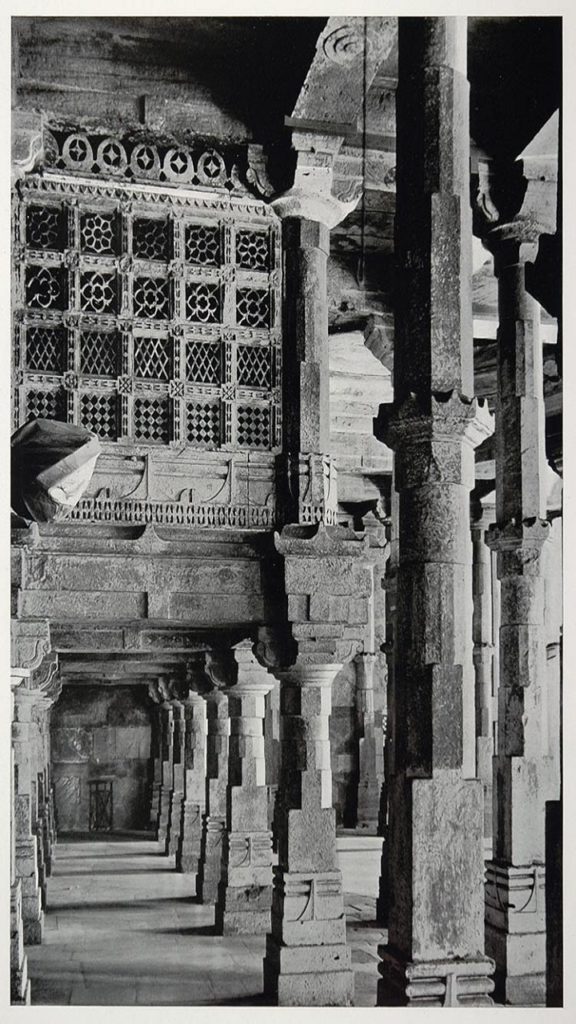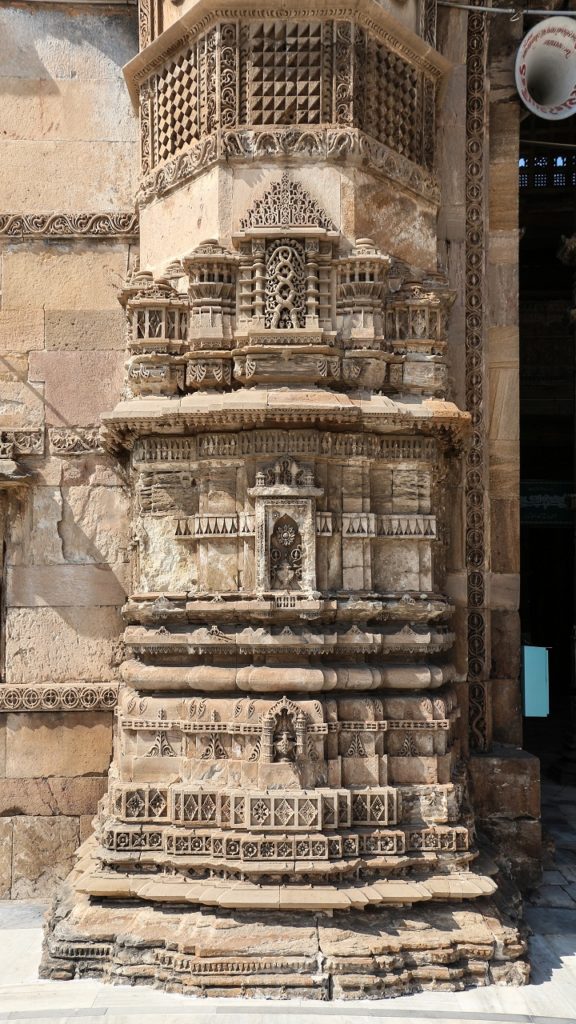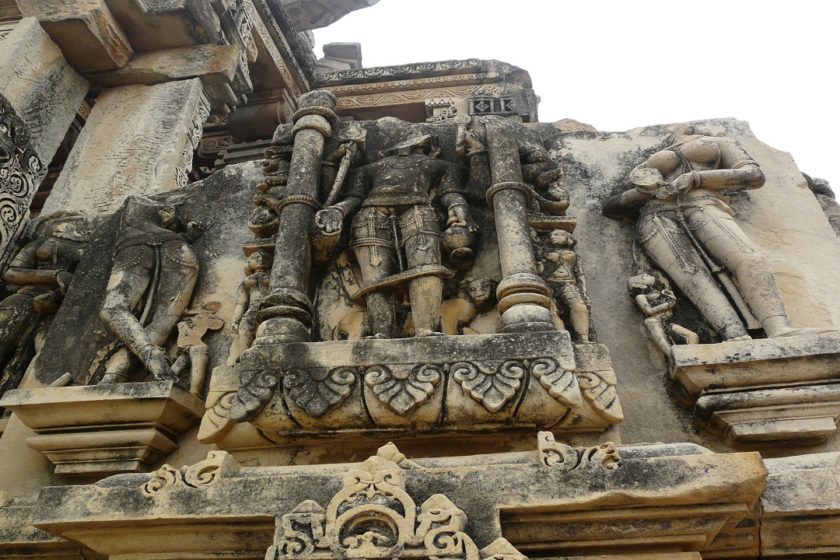Article by @OGSaffron
Little discussed or highlighted is the psychosocial aspect that accompanied most of, if not all, the instances wherein Hindu temples were destroyed. As Jonsson (2006) points out: When “Muslim invaders broke and burned everything beautiful they came across in Hindustan,” they were “displaying the resentment of the less developed warriors who felt intimidated in [their] encounter with a more refined culture” (p. 86).
Indeed, for the Muslim invaders, the Hindu infidels—these “refined” pagans, the Kafirs—were “heathens, par excellence” (Jonsson, 2006, p. 86). Therefore, how could they build such extravagantly ornamented, finely constructed buildings if they were not Muslim? Are not the infidels supposed to be inferior in every respect to the zealous believer, to those who do not join other gods with the One True God?
When one examines the many architectural remnants that have survived in their “hybrid” form—as even the politically correct archaeologists would have us believe in “fusions” of Dharmic and Islamic “architecture” being congregational and intercultural rather than ferocious and resentful—visible is the mosque type that is the conquest mosque. The foundation of such “hybridity” is not the benign intercultural notion that secular ideologues would have us accept but instead a profound hatred of the Hindu and his place of worship. Almost every “hybrid” expression that has come down to us surviving in the form of the conquest mosque is a religious declaration, through architectural continuity, of Muslim superiority over Hindu heathenry.
To define the common feature of such “hybridity” is to capture the essence of the conquest mosque. Mosques of conquest are “mosques that are all built on the sites of dismantled temples and employ recut columns and other spolia taken from the destroyed monument” (Wagoner & Rice, 2001, p. 90).
To give an example, take for instance the inscription on the eastern gate of the Quwwat al-Islam mosque—a conquest mosque that stands as the “Might of Islam”—which records “that the mosque was built with spolia taken from twenty-seven different temples; these spolia include columns, bracket capitals, ceiling panels, and other decorative members, and the mosque can be seen to be founded on the plinth of one of the destroyed temples” (Wagoner & Rice, 2001, p. 90).
The usage of spolia from destroyed Hindu temples in the construction of conquest mosques, often on the sites of dismantled Hindu temples, is not entirely a matter of convenience and/or intercultural sharing, as secularist and Marxist historians often argue.
On the contrary, conquest mosques project quite vividly “the ghazis’ attitude toward the Hindu majority” based on “the virtues of [their] belief in Islam” where “the need to reinforce the spiritual and political authority of Islam through architecture” is in direct response to “the evils of idolatry and polytheism” (Welch & Crane, 1983, p. 124). Take, for example, Firuz Shah Tughluq’s assertion of Muslim orthodoxy when personally destroying the images of Hindu gods. These images “were burned in a place otherwise reserved for public executions and the punishment of criminals” (Flood, 2002, p. 648). The images of Hindu gods were destroyed, desecrated, or mutilated not only because of anti-heathenry, but also on the little discussed insight that the images represented the potency and purposefulness of a very sophisticated non-Muslim civilization that challenged the religious primacy of an Abrahamic faith whose zealous followers emphasized the superiority of its anti-idolatry creed (Wink, 1997). To render the idols powerless was to wash away the intimidation and shame brought on from encountering a more refined culture.
Therefore, the architectural patronage of Muslim sultans so incessantly praised by the rewriters of history is instead, and can be captured more realistically as, the religious declaration of Muslim supremacy over the nonbeliever, where Islam has been triumphant and idolatry has been subdued (Welch, Keshani, & Bain, 2002, p. 33). After all, “Muslim ghazis had brought the Jihad to India” (Welch et al., 2002, p. 31). And with that came the destruction of places of idol worship, and establishing “the foundation of congregations of Islam” in systematic fashion (Welch et al., 2002, p. 33).
To such a zealous mind, experiencing the existence of sophisticated heathenry, represented herein by the Hindu architectural tradition, was discontenting. As Lord Byron (1847, p. 293) put it: “They have raised a mosque…[and] they are not contented with their own grotesque edifice, unless they destroy the prior and purely beautiful fabric which preceded, and which shames them and theirs for ever and ever.”
Byron, G. (1847). Letter to John Murray on the Rev. W. L. Bowles’s strictures on the life and writings of Pope. In F. G. Halleck (Ed.), The works of Lord Byron; In verse and prose (p. 293). Hartford, CT: Silas Andrus & Son. (Original work published 1821)
Flood, F. (2002). Between cult and culture: Bamiyan, Islamic iconoclasm, and the museum. The Art Bulletin, 84(4), 641–659. http:/dx.doi.org/10.2307/3177288
Jonsson, D. (2006). Islamic economics and the final jihad: The Muslim Brotherhood to the Leftist/Marxist Islamist alliance. Maitland, FL: Xulon Press.
Wagoner, P., & Rice, J. (2001). From Delhi to the Deccan: Newly discovered Tughluq monuments at Warangal-Sultanpur and the beginnings of Indo-Islamic architecture in southern India. Artibus Asiae, 61(1), 77–117. http://dx.doi.org/10.2307/3249963
Welch, A., & Crane, H. (1983). The Tughluqs: Master builders of the Delhi Sultanate. Muqarnas, 1, 123–166. http://dx.doi.org/10.2307/1523075
Welch, A., Keshani, H., & Bain, A. (2002). Epigraphs, scripture, and architecture in the early Delhi Sultanate. Muqarnas, 19, 12–43. http://dx.doi.org/10.2307/1523314
Wink, A. (1997). Al Hind, the making of the Indo-Islamic world: The slave kings and the Islamic conquest, 11th–13th centuries (Vol. 2). New Delhi: Oxford University Press.
